Home>Home Appliances>Kitchen Appliances>How To Dehydrate Parsley In A Dehydrator
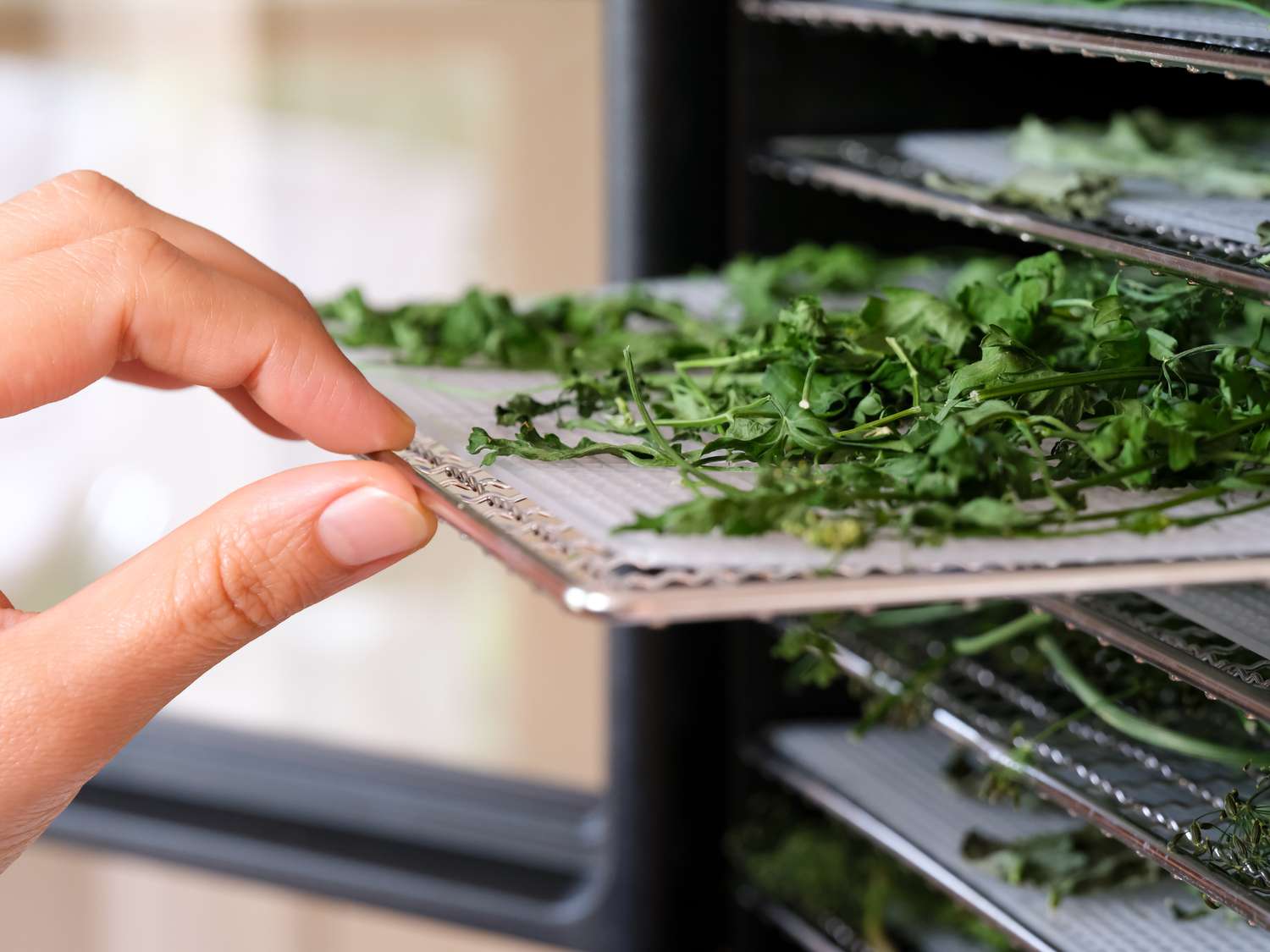

Kitchen Appliances
How To Dehydrate Parsley In A Dehydrator
Modified: February 18, 2024
Learn how to dehydrate parsley in a dehydrator with our easy step-by-step guide. Discover the best kitchen appliances for preserving herbs. Start dehydrating parsley today!
(Many of the links in this article redirect to a specific reviewed product. Your purchase of these products through affiliate links helps to generate commission for Storables.com, at no extra cost. Learn more)
Introduction
Welcome to the world of dehydrating parsley! Whether you are an avid home cook, a culinary enthusiast, or a health-conscious individual, learning how to dehydrate parsley in a dehydrator can be a game-changer in your kitchen. By harnessing the power of dehydration, you can preserve the vibrant flavor, aroma, and nutrients of this versatile herb for extended periods, ensuring that it is readily available whenever you need it.
In this comprehensive guide, we will explore the step-by-step process of dehydrating parsley, from selecting the freshest bunch to storing the dehydrated flakes. Additionally, we will delve into creative ways to incorporate dehydrated parsley into your culinary repertoire, unlocking a world of possibilities for enhancing the taste and visual appeal of your dishes.
Join me on this flavorful journey as we uncover the art and science of dehydrating parsley, empowering you to elevate your cooking endeavors and savor the essence of this beloved herb all year round. Let's embark on this aromatic adventure and discover the wonders of dehydrated parsley together!
Key Takeaways:
- Preserve parsley’s flavor and nutrients by dehydrating it in a dehydrator. Store in airtight containers in a cool, dark place for long-lasting, vibrant green flakes ready to enhance your dishes.
- Dehydrated parsley adds concentrated flavor and visual appeal to soups, seasonings, sauces, and baked goods. It’s a versatile, enduring ingredient that elevates culinary creations all year round.
Read more: How To Store Italian Parsley
Choosing and Preparing Parsley
Before diving into the dehydrating process, it’s crucial to start with the freshest and highest-quality parsley. When selecting parsley for dehydration, opt for vibrant green bunches with crisp, perky leaves. Avoid wilted or discolored foliage, as these signs indicate a loss of flavor and vitality.
Once you’ve procured the perfect parsley, it’s time to prepare it for dehydration. Begin by gently rinsing the bunch under cold water to remove any dirt or debris. Pat the parsley dry with paper towels or allow it to air-dry, ensuring that excess moisture is removed before proceeding to the next step.
After the parsley is clean and dry, carefully separate the leaves from the stems. While both the leaves and stems are edible and flavorful, removing the leaves from the thicker stems can expedite the dehydration process and facilitate uniform drying. However, if you prefer to include the stems for their added flavor, feel free to leave them intact or reserve them for other culinary applications.
Once the leaves are separated, inspect them for any remaining moisture and trim off any discolored or damaged portions. By ensuring that the parsley is in prime condition before dehydrating, you set the stage for preserving its natural essence and maximizing its culinary potential.
With the parsley meticulously prepared, it’s now time to harness the dehydrating prowess of your dehydrator to transform this herb into a versatile and long-lasting ingredient. Let’s embark on the next phase of our parsley dehydration journey, where we’ll unravel the art of dehydrating parsley in a dehydrator.
Dehydrating Parsley in a Dehydrator
Dehydrating parsley in a dehydrator is a straightforward process that preserves the herb’s vibrant color, robust flavor, and essential nutrients. By subjecting the parsley to gentle, controlled heat, you can effectively remove moisture while retaining its inherent qualities, making it an invaluable addition to your culinary arsenal.
To begin, arrange the prepared parsley leaves in a single layer on the dehydrator trays, ensuring that there is ample space between the leaves for proper air circulation. This arrangement promotes even drying and prevents the parsley from clumping together, resulting in uniformly dehydrated flakes.
Set the dehydrator to a low temperature, typically around 95°F to 115°F (35°C to 46°C), to gently dry the parsley without compromising its flavor and nutritional value. Allow the parsley to dehydrate for approximately 2 to 4 hours, periodically checking for dryness and rearranging the leaves if necessary to ensure uniform drying.
Throughout the dehydration process, monitor the parsley closely to prevent overdrying, which can lead to a loss of flavor and texture. The goal is to achieve a delicate crispness while preserving the herb’s aromatic essence and vibrant green hue.
Once the parsley leaves are thoroughly dehydrated, they should crumble easily between your fingers, indicating that the moisture has been successfully removed. At this stage, allow the dehydrated parsley to cool to room temperature before proceeding to the next step.
With the dehydrated parsley now at your disposal, you’ve unlocked a versatile ingredient that can elevate a myriad of dishes with its concentrated flavor and visual appeal. In the following sections, we’ll explore the best practices for storing dehydrated parsley and innovative ways to incorporate it into your culinary creations.
Join me as we embark on an exploration of the boundless possibilities that dehydrated parsley has to offer, enriching your culinary repertoire with its concentrated essence and transformative potential.
To dehydrate parsley in a dehydrator, make sure to wash and thoroughly dry the parsley before placing it in a single layer on the dehydrator trays. Set the dehydrator to 95°F and let it dry for 2-4 hours until the parsley is crispy.
Storing Dehydrated Parsley
After the dehydrated parsley has cooled to room temperature, it’s essential to store it properly to maintain its flavor, aroma, and nutritional integrity. Proper storage not only prolongs the shelf life of the dehydrated herb but also ensures that it remains a potent and versatile ingredient for your culinary endeavors.
To begin, transfer the cooled dehydrated parsley flakes to airtight containers such as glass jars or resealable bags. The airtight seal provides a protective barrier against moisture, light, and air, safeguarding the parsley from environmental factors that can compromise its quality over time.
When filling the storage containers, leave a bit of headspace to minimize air exposure within the container, further preserving the parsley’s freshness. Additionally, consider labeling the containers with the date of dehydration to track the herb’s shelf life and maintain optimal quality.
Store the sealed containers of dehydrated parsley in a cool, dark pantry or cupboard, away from direct sunlight and heat sources. Proper storage conditions shield the parsley from light-induced degradation and temperature fluctuations, ensuring that it retains its vibrant color and robust flavor for an extended period.
By taking these meticulous steps to store your dehydrated parsley, you can enjoy the convenience of having this versatile herb readily available whenever inspiration strikes in the kitchen. Whether you’re preparing savory soups, zesty marinades, or aromatic sauces, the dehydrated parsley is poised to infuse your dishes with its concentrated essence and elevate your culinary creations to new heights.
With the dehydrated parsley securely stored and poised for culinary adventures, let’s explore the myriad ways in which you can incorporate this potent ingredient into your cooking repertoire, unlocking a world of flavor and creativity.
Join me as we delve into the art of using dehydrated parsley, discovering its transformative potential and the culinary magic it brings to a diverse array of dishes.
Using Dehydrated Parsley
Dehydrated parsley is a versatile and convenient ingredient that can effortlessly enhance a wide range of culinary creations with its concentrated flavor, vibrant color, and aromatic essence. From savory dishes to garnishes, its transformative potential knows no bounds, offering a convenient and long-lasting alternative to fresh parsley.
One of the simplest ways to incorporate dehydrated parsley into your cooking is by adding it to soups, stews, and broths. The dehydrated flakes readily infuse these hearty dishes with their robust flavor, imparting a delightful herbaceous note that complements a variety of ingredients.
When crafting homemade spice blends or seasoning mixes, dehydrated parsley serves as a valuable component, contributing both flavor and visual appeal. Whether you’re preparing a zesty poultry rub, a savory meat seasoning, or a versatile all-purpose blend, the addition of dehydrated parsley can elevate the aromatic profile of your creations.
Dehydrated parsley also shines as a finishing touch, sprinkled atop freshly prepared dishes to impart a burst of color and flavor. Whether adorning pasta dishes, roasted vegetables, or creamy dips, the vibrant green flakes add a touch of visual allure while infusing the dish with the essence of fresh parsley.
For culinary enthusiasts who enjoy crafting homemade condiments and sauces, dehydrated parsley can be rehydrated and incorporated into dressings, marinades, and sauces, adding a burst of herbal freshness to these flavorful accompaniments.
Furthermore, dehydrated parsley can be utilized in baking endeavors, where it can enhance the flavor profile of savory bread, crackers, and baked goods, offering a subtle herbaceous note that elevates the overall taste experience.
By harnessing the potential of dehydrated parsley, you have at your disposal a versatile and enduring ingredient that can enliven an array of culinary creations, from everyday meals to gourmet delights. With its concentrated flavor and visual appeal, dehydrated parsley empowers you to infuse your dishes with the essence of fresh herbs, regardless of the season or availability of fresh produce.
Now that we’ve explored the myriad ways to utilize dehydrated parsley, it’s evident that this humble herb holds the key to unlocking a world of flavor and creativity in your kitchen. As we conclude our journey through the realm of dehydrated parsley, let’s reflect on the transformative potential of this versatile ingredient and the culinary magic it brings to a diverse array of dishes.
Read more: How To Store Parsley
Conclusion
As we conclude our exploration of dehydrating parsley in a dehydrator, we’ve uncovered the art and science of preserving this beloved herb in its dehydrated form, unlocking a world of culinary possibilities. From selecting the freshest bunch to storing the dehydrated flakes, we’ve embarked on a flavorful journey that has empowered us to savor the essence of parsley all year round.
By harnessing the dehydrating prowess of a dehydrator, we’ve learned how to transform fresh parsley into a versatile and enduring ingredient that can effortlessly elevate a myriad of dishes with its concentrated flavor and vibrant color. The meticulous process of choosing, preparing, dehydrating, and storing parsley has equipped us with the knowledge and skills to preserve this herb’s natural essence and maximize its culinary potential.
Moreover, as we’ve delved into the diverse ways to incorporate dehydrated parsley into our cooking repertoire, we’ve discovered its transformative potential and the culinary magic it brings to a wide array of dishes. Whether enriching soups, enhancing seasoning blends, or adorning savory creations, dehydrated parsley stands as a testament to the versatility and enduring allure of this humble herb.
As you embark on your culinary adventures, armed with the knowledge of dehydrating parsley, may the vibrant essence of this herb infuse your dishes with a touch of herbal freshness and visual allure. Whether you’re crafting everyday meals or gourmet delights, dehydrated parsley serves as a steadfast companion, ready to enliven your creations with its concentrated flavor and enduring appeal.
In the realm of dehydrated parsley, the possibilities are boundless, and the flavors are evergreen. Embrace the art of dehydrating parsley, and let its aromatic essence elevate your culinary creations to new heights, ensuring that the vibrant spirit of this beloved herb permeates your kitchen all year round.
Thank you for joining me on this aromatic adventure through the world of dehydrated parsley. May your culinary endeavors be enriched, your dishes be adorned with vibrant green flakes, and your kitchen be filled with the enduring essence of this versatile herb.
Frequently Asked Questions about How To Dehydrate Parsley In A Dehydrator
Was this page helpful?
At Storables.com, we guarantee accurate and reliable information. Our content, validated by Expert Board Contributors, is crafted following stringent Editorial Policies. We're committed to providing you with well-researched, expert-backed insights for all your informational needs.
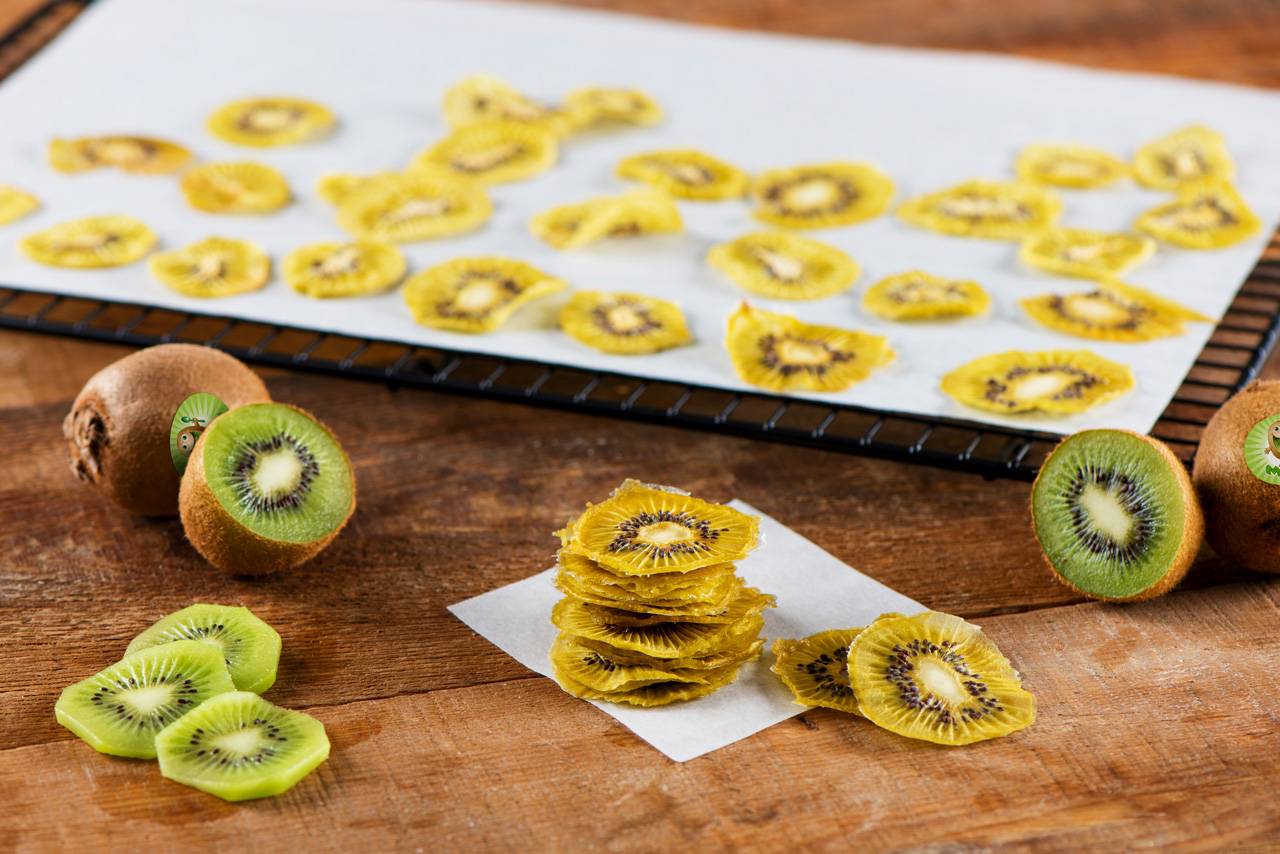
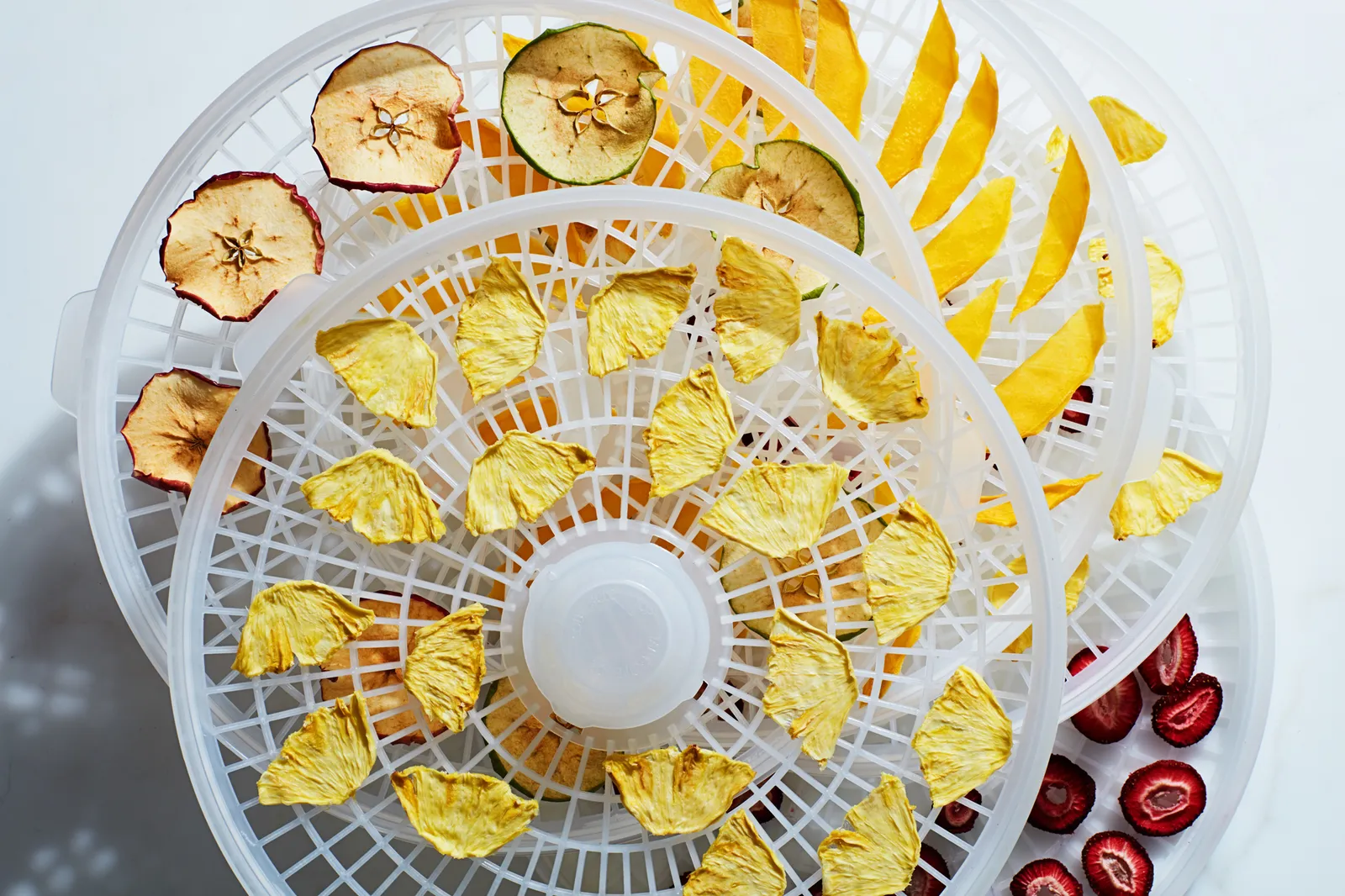
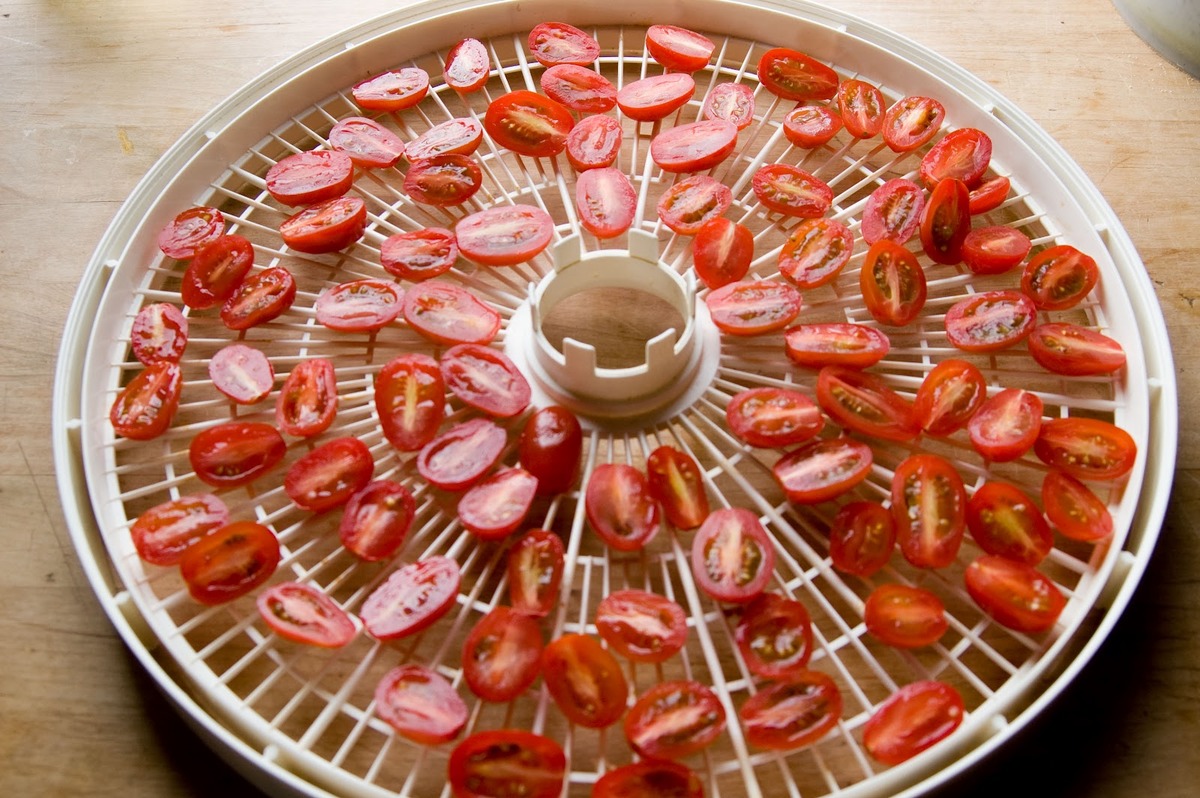
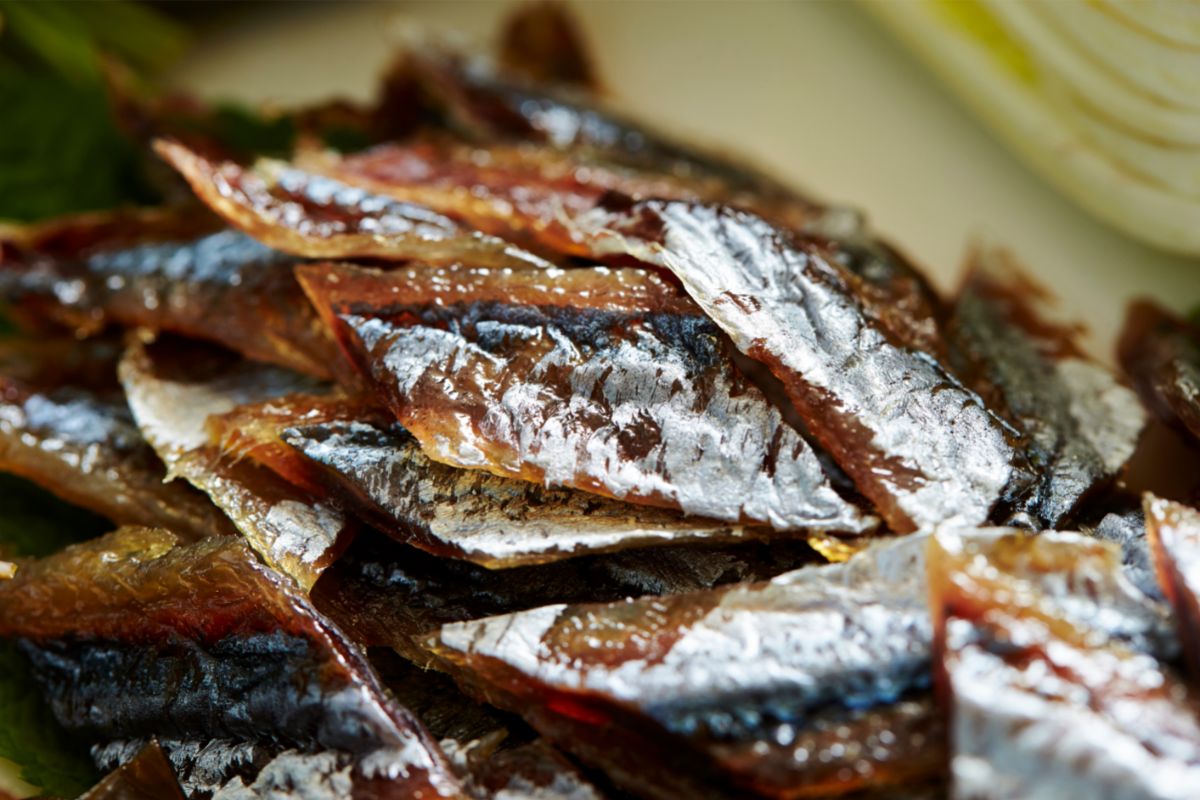

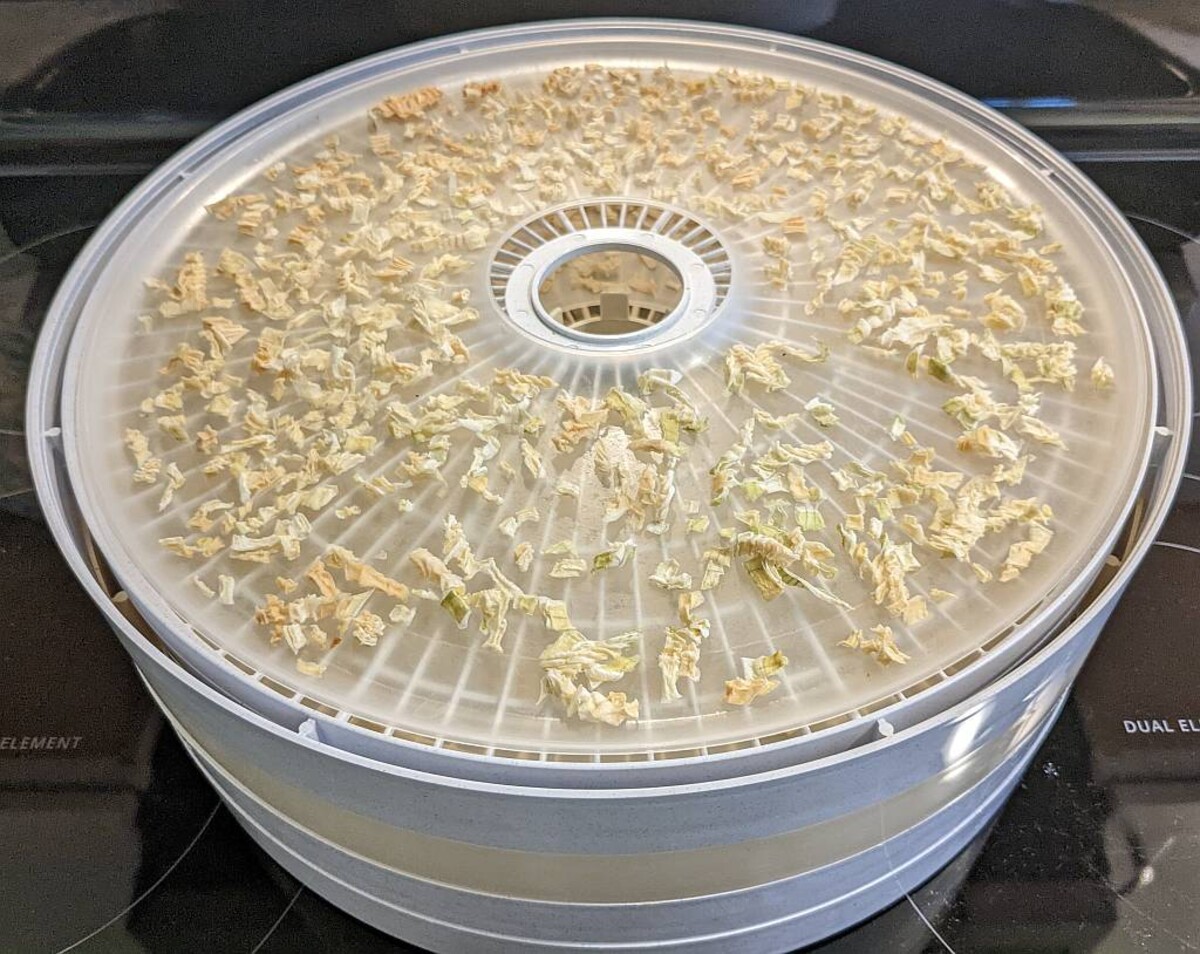
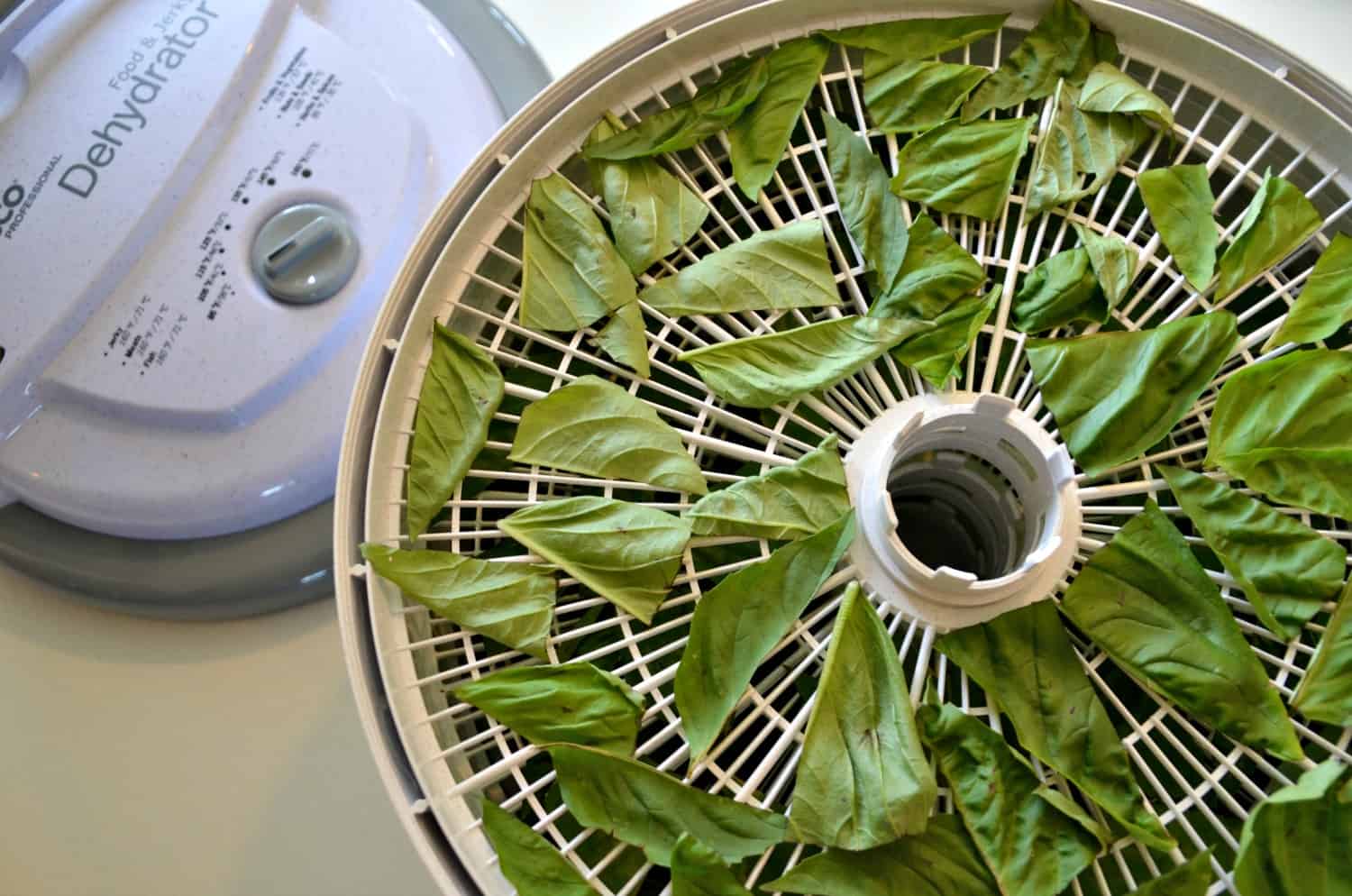

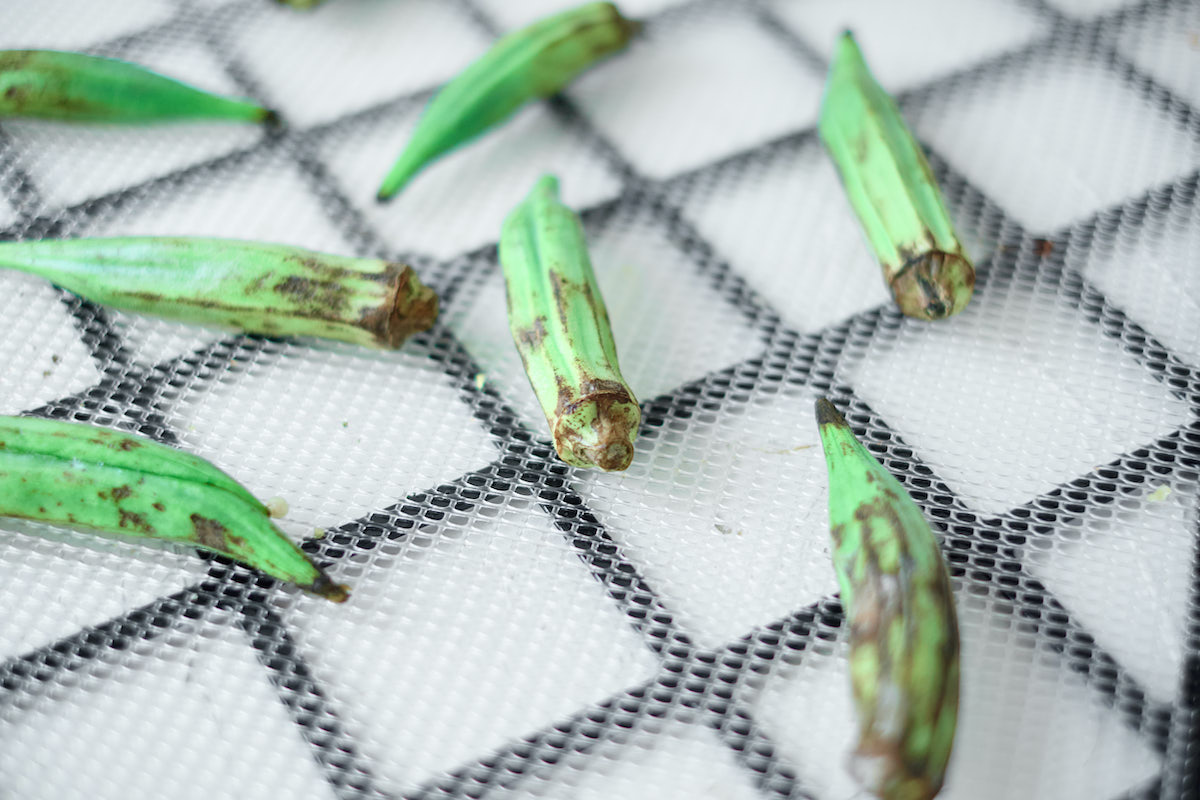
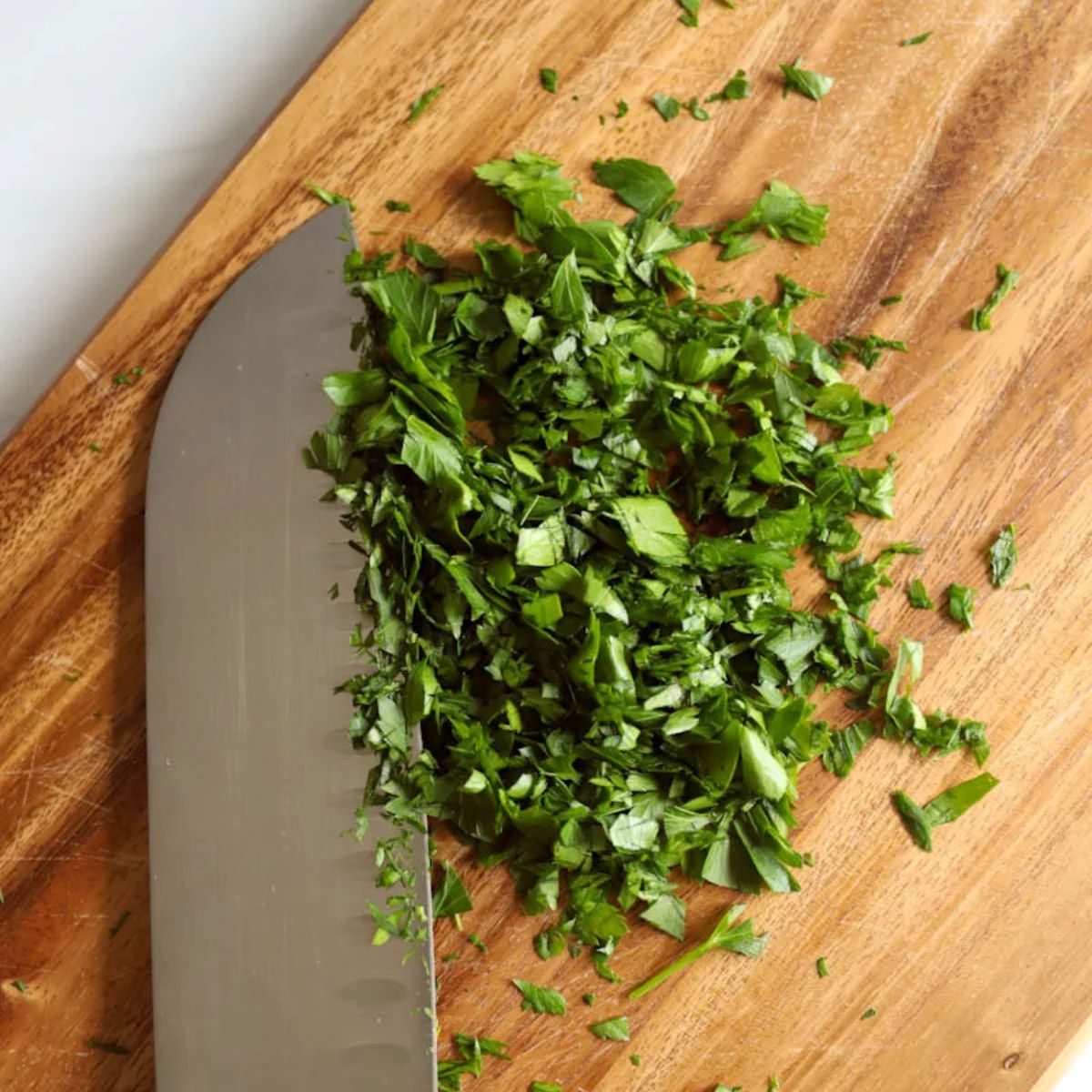
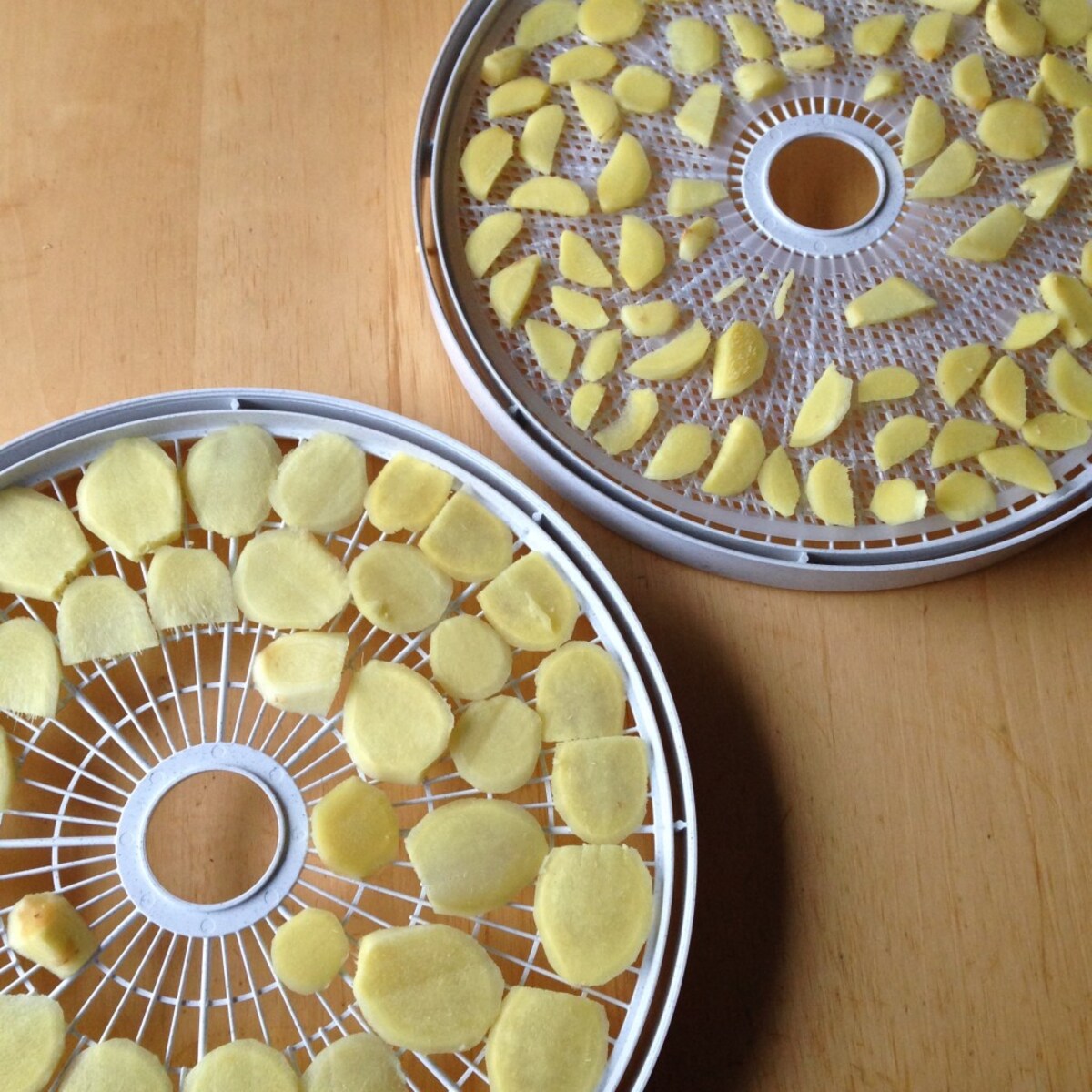
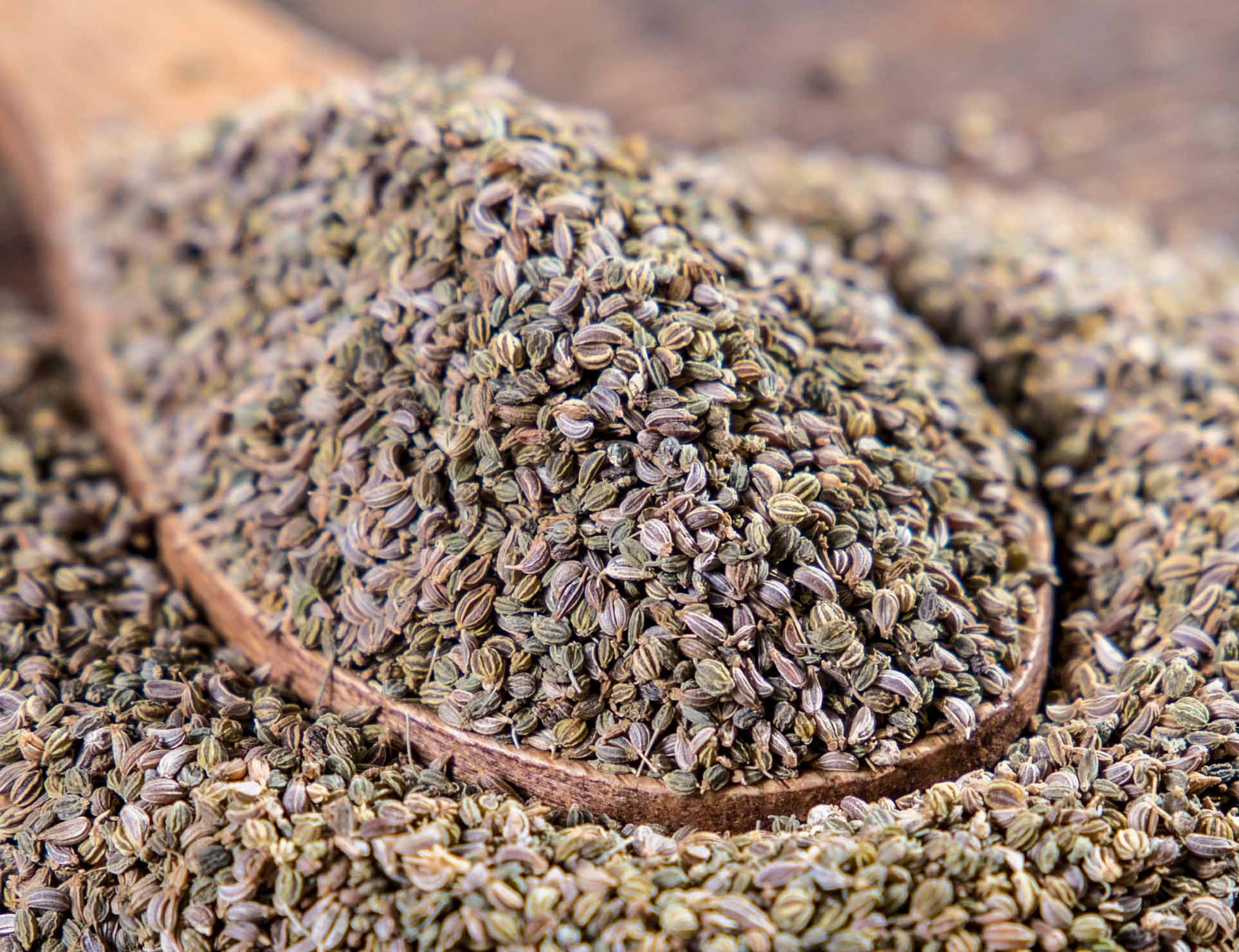
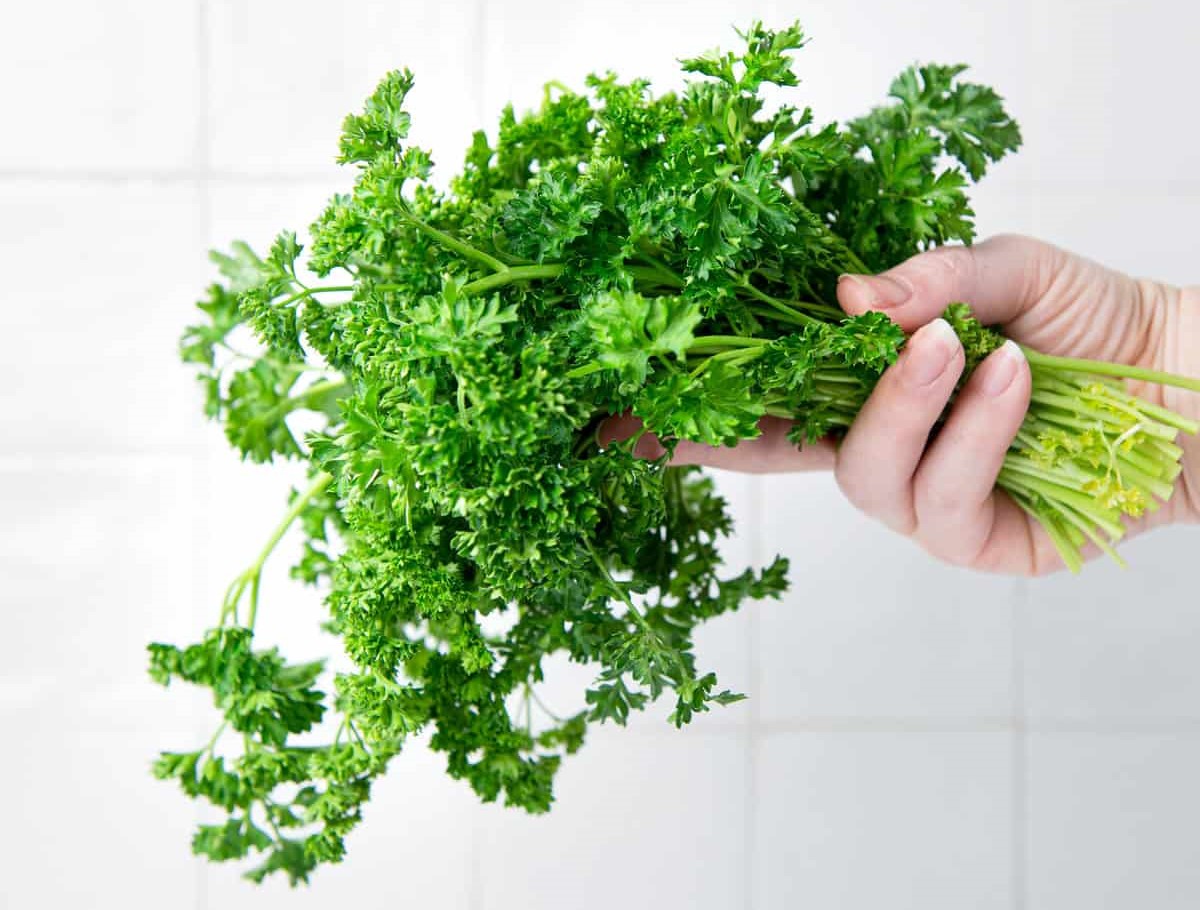
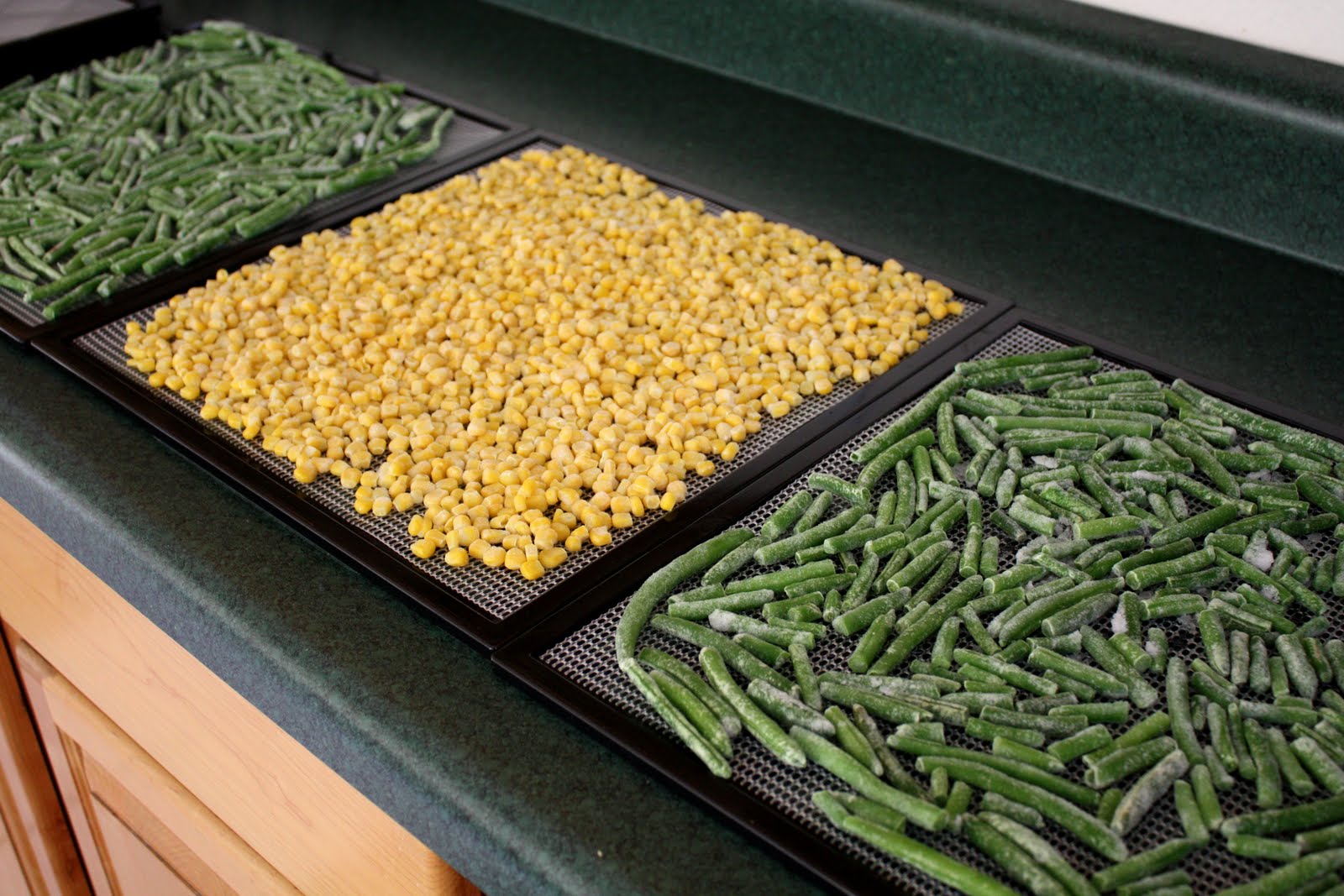

0 thoughts on “How To Dehydrate Parsley In A Dehydrator”